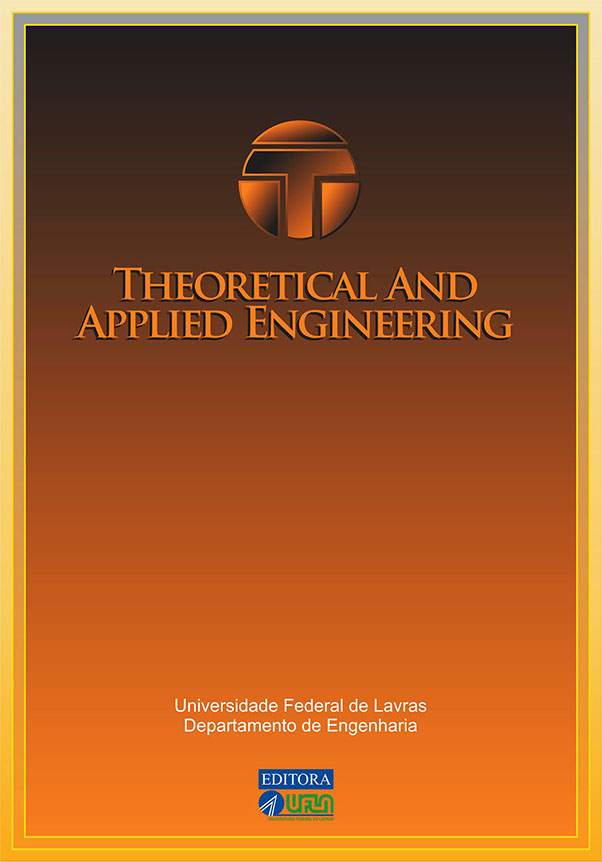ENERGY COSTS COMPARISON OF MASONRY MADE FROM DIFFERENT MATERIALS
Main Article Content
Abstract
This works aimed to compare the energy spent in four masonry models of fence used in a housing model. The energetic coefficients of conventional building materials such as cement, lime, sand, ceramic brick, ceramic block and concrete block were obtained by consulting the literature. The adobe was produced with clay soil with sand correction in the proportion of two parts of soil to a sand, 2:1 in mass. The energy coefficients for the adobe production, labor, mortar of soil and lime were calculated by the energy spent from obtaining the materials to the execution of the masonry. It was identified that the calculated values for total masonry labor were, respectively, 135.95 MJ, 78.99 MJ, 55.05 MJ and 44.37 MJ for adobe, ceramic brick, ceramic block, and concrete block. The energy coefficient and the energetic index per square meter of adobe construction were 229.22 kJ kg-1 and 52,445.54 kJ m-2, respectively. The total energy consumption for the masonry of the construction model with 44.80 m² made of adobe was 12,450.81 MJ. The total energy consumption for the concrete block was 16,016.91 MJ. The total energy consumption for the ceramic and ceramic brick were 34,794.04 and 77,589.87 MJ, respectively. It was concluded that the masonry executed with adobe presented the lowest energy consumption, presenting a higher sustainability level. The correction with sand represented an increase of 68.16% of the energy coefficient of the adobe. The model using adobe compared to ceramic brick promoted an energy saving of 83.95%.
